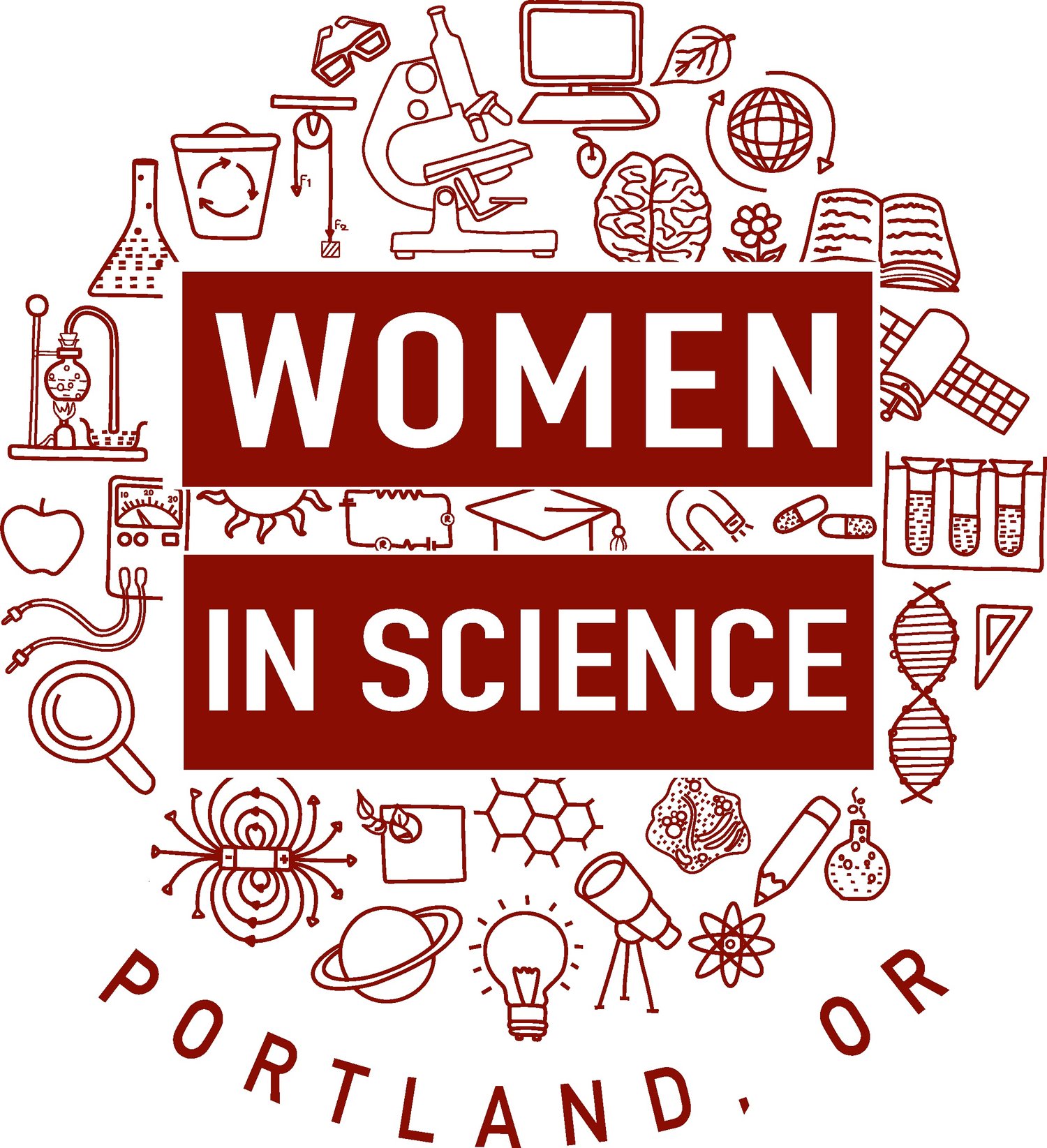International Women’s Day: Past, Present, and Future
 International Women’s Day has been celebrated ever since the early 1900s. It started out as a protest through the streets of NYC led by 15000 women for better wages, female suffrage, and shorter hours. Today, it has evolved into an international holiday celebrating and empowering women. Rights for women have definitely improved since the early 1900s. Women have gained basic rights such as the ability to work, vote, and be in positions of power. Most importantly, women are starting to be seen as equal to men. However, there is certainly still much work to be done. One area that could use significant improvement in gender equality is the STEM community.Since the early 1990s, the percentage of women in the biological/agricultural/environmental life science fields has increased from 34% to 48.2% Additionally, the percentage of women in the social science, physical science, and engineering fields have increased by 7.4%, 8.7%, and 4.1%, respectively (Has employment of women and minorities in S&E jobs increased? 2014). Today, women make up only 28% of the STEM field and are significantly underrepresented in computer science, mathematics, architecture, and engineering (National Girls Collaborative Project, n.d.).Why is this the case? A study conducted by the American Association of University Women (AAUW) stated that the stereotype of males excelling more at math than females was detrimental to females’ choices regarding a career in the STEM field. It was found that young girls feel as though their mathematical abilities are below that of young boys and are harder on themselves in STEM subjects, as they believe they need to be perfect to thrive in a “male field” (Hill, Corbett, & St. Rose, 2010). A simple solution as clearly asserting gender equality in STEM fields to kids from a young age would significantly increase female involvement in STEM, as it would destroy the androcentric stereotype around STEM and inform young women that STEM is an option for them as well.Recently, we have seen outstanding examples of women who have made a mark in the STEM field. Examples of these extraordinary women include Katalin Karikó who is saving our world from the COVID-19 pandemic with her revolutionary mRNA technology present in vaccines and Swathi Mohan who was the guidance and controls operations lead for the 2021 Mars landing of Perseverance. However, we have only scratched the surface of a female presence in STEM. We as a society should continue to empower, encourage, and embrace women fiercely in the world of STEM. Happy international women’s day! Author Bio
International Women’s Day has been celebrated ever since the early 1900s. It started out as a protest through the streets of NYC led by 15000 women for better wages, female suffrage, and shorter hours. Today, it has evolved into an international holiday celebrating and empowering women. Rights for women have definitely improved since the early 1900s. Women have gained basic rights such as the ability to work, vote, and be in positions of power. Most importantly, women are starting to be seen as equal to men. However, there is certainly still much work to be done. One area that could use significant improvement in gender equality is the STEM community.Since the early 1990s, the percentage of women in the biological/agricultural/environmental life science fields has increased from 34% to 48.2% Additionally, the percentage of women in the social science, physical science, and engineering fields have increased by 7.4%, 8.7%, and 4.1%, respectively (Has employment of women and minorities in S&E jobs increased? 2014). Today, women make up only 28% of the STEM field and are significantly underrepresented in computer science, mathematics, architecture, and engineering (National Girls Collaborative Project, n.d.).Why is this the case? A study conducted by the American Association of University Women (AAUW) stated that the stereotype of males excelling more at math than females was detrimental to females’ choices regarding a career in the STEM field. It was found that young girls feel as though their mathematical abilities are below that of young boys and are harder on themselves in STEM subjects, as they believe they need to be perfect to thrive in a “male field” (Hill, Corbett, & St. Rose, 2010). A simple solution as clearly asserting gender equality in STEM fields to kids from a young age would significantly increase female involvement in STEM, as it would destroy the androcentric stereotype around STEM and inform young women that STEM is an option for them as well.Recently, we have seen outstanding examples of women who have made a mark in the STEM field. Examples of these extraordinary women include Katalin Karikó who is saving our world from the COVID-19 pandemic with her revolutionary mRNA technology present in vaccines and Swathi Mohan who was the guidance and controls operations lead for the 2021 Mars landing of Perseverance. However, we have only scratched the surface of a female presence in STEM. We as a society should continue to empower, encourage, and embrace women fiercely in the world of STEM. Happy international women’s day! Author Bio Anagha Srikanth is currently a senior at Sunset High School. Her career aspirations are to be involved in the medical and neuroscience fields as a physician. She started volunteering with Women In Science in March of 2021. In her free time, she enjoys dancing Indian classical Bharatanatyam, graphic designing, hiking, and binging TV.
Anagha Srikanth is currently a senior at Sunset High School. Her career aspirations are to be involved in the medical and neuroscience fields as a physician. She started volunteering with Women In Science in March of 2021. In her free time, she enjoys dancing Indian classical Bharatanatyam, graphic designing, hiking, and binging TV.
